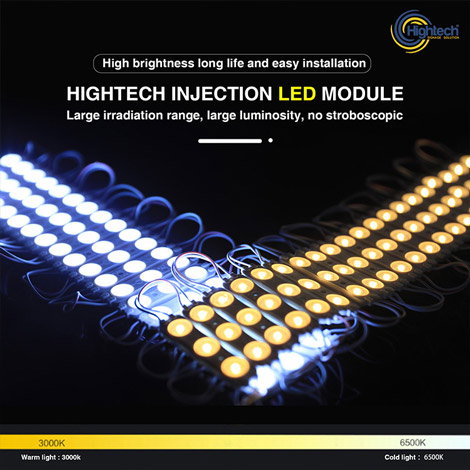Channel Letter Fabrication Solutions for Signage and Branding Needs
Nov . 04, 2024 18:13 Back to list
Channel Letter Fabrication Solutions for Signage and Branding Needs
The Importance of Channel Letter Material in Signage Solutions
In the world of signage, channel letters stand out as one of the most effective ways to enhance brand visibility. These three-dimensional letters, often illuminated, are a common sight on storefronts and commercial buildings. However, the effectiveness of these signs largely depends on the materials used in their construction. When selecting channel letter materials, businesses must consider durability, aesthetics, and cost-effectiveness to ensure they make a long-lasting impression.
Understanding Channel Letters
Channel letters are custom-made metal or plastic letters that are typically mounted on a building's exterior. They can be illuminated from within, creating a striking visual during the nighttime and enhancing their visibility in daytime. The most common materials used for channel letters include acrylic, aluminum, and stainless steel. Each material provides its unique set of benefits and characteristics.
Acrylic The Versatile Choice
Acrylic is one of the most popular materials for channel letters. This plastic material is lightweight yet sturdy, making it an ideal choice for many applications. Acrylic can be easily molded into various shapes and sizes, providing excellent flexibility for custom signage solutions. Furthermore, it can be produced in various colors and finishes, allowing businesses to match their branding seamlessly.
One of the key advantages of acrylic is its weather-resistance. Unlike other materials, acrylic retains its strength and color even when exposed to harsh weather conditions. Moreover, it holds up well against UV rays, preventing discoloration over time. This durability makes acrylic an excellent choice for businesses that want their signs to maintain their vibrant appearance year-round.
Aluminum The Robust Option
Aluminum is another frequently used material for channel letters. Known for its strength and longevity, aluminum is resistant to rust and corrosion, making it suitable for both indoor and outdoor signage. The lightweight nature of aluminum also means that it can be mounted easily without imposing excessive strain on the supporting structure.
channel letter material company

This metal can be coated in various finishes, providing aesthetics that range from sleek and modern to textured and traditional. Additionally, aluminum can be illuminated effectively, enhancing the visibility of the sign during nighttime. Its ability to be shaped into different profiles adds to its versatility, making it a favored choice among sign makers.
Stainless Steel The Premium Material
For businesses looking for a more upscale appearance, stainless steel is an excellent choice for channel letters. This material offers maximum durability and has a high resistance to corrosion and tarnishing, making it suitable for a variety of environmental conditions. Stainless steel channel letters convey a sense of professionalism and sophistication, making them appealing for high-end brands.
However, stainless steel generally comes with a higher cost compared to acrylic and aluminum. The investment can be worthwhile for businesses aiming to create a premium brand image or that need signage that will last significantly longer without maintenance.
Cost-Effectiveness and Value
When selecting materials for channel letters, businesses must consider the relationship between cost and longevity. While upfront costs may vary depending on the material chosen, it is essential to consider the long-term value. Investing in durable materials like stainless steel or aluminum can save business owners money over time by reducing maintenance costs and replacement needs.
Additionally, the choice of material can affect illumination options. Energy-efficient LED lights can be used in acrylic, aluminum, and stainless steel channel letters, providing significant savings on electricity costs while also enhancing the visibility of the sign.
Conclusion
In conclusion, the selection of channel letter materials is crucial for businesses aiming to enhance their signage and overall brand presence. Each material—be it acrylic, aluminum, or stainless steel—offers distinct benefits and visual appeal. Understanding the characteristics of each material can help business owners make informed decisions that align with their branding goals and budgetary constraints. In an increasingly visual world, effective signage is a vital investment in a company’s success, with the right materials playing a pivotal role in achieving that success.
-
LED Neon Rope Light Outdoor Companies: Durable & Bright Solutions
NewsAug.27,2025
-
Premium Window Seal Strip Adhesive: Manufacturers & Suppliers
NewsAug.26,2025
-
Best Window Seal Strip Adhesive Companies: Strong, Durable Seals
NewsAug.25,2025
-
Karcher A2004 Wet & Dry Vacuum Filter: Premium Replacement Cartridge
NewsAug.24,2025
-
Premium Vacuum Filter for Karcher VC 4, VC 6, VC 7 & Tineco A10, A11
NewsAug.23,2025
-
Hi-Flo HF155 Oil Filter KTM 250 EXC Racing 03-06 | OEM 580.38.005.000
NewsAug.22,2025
